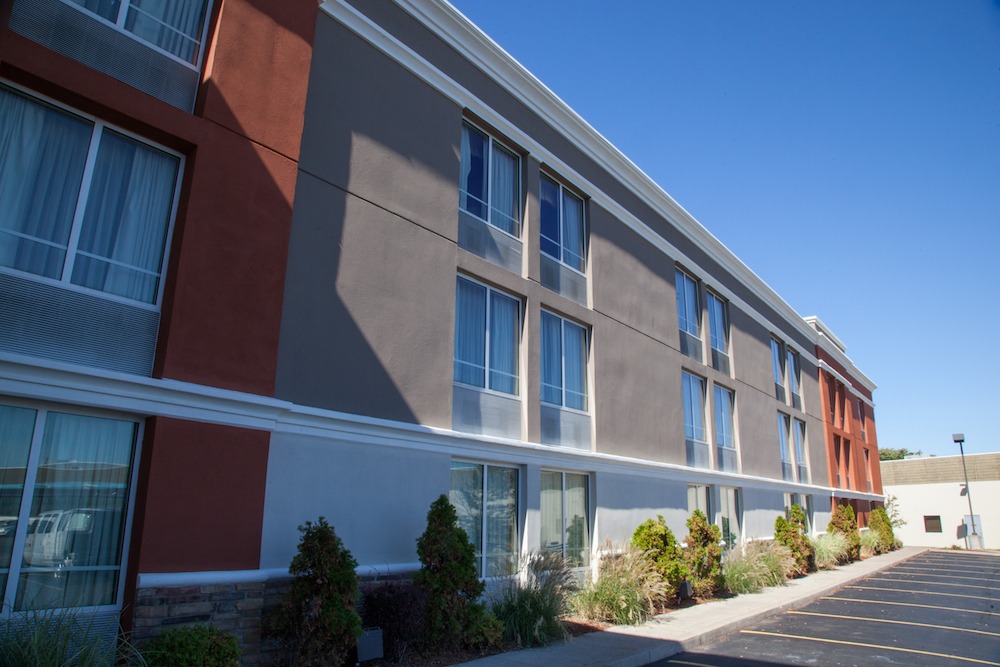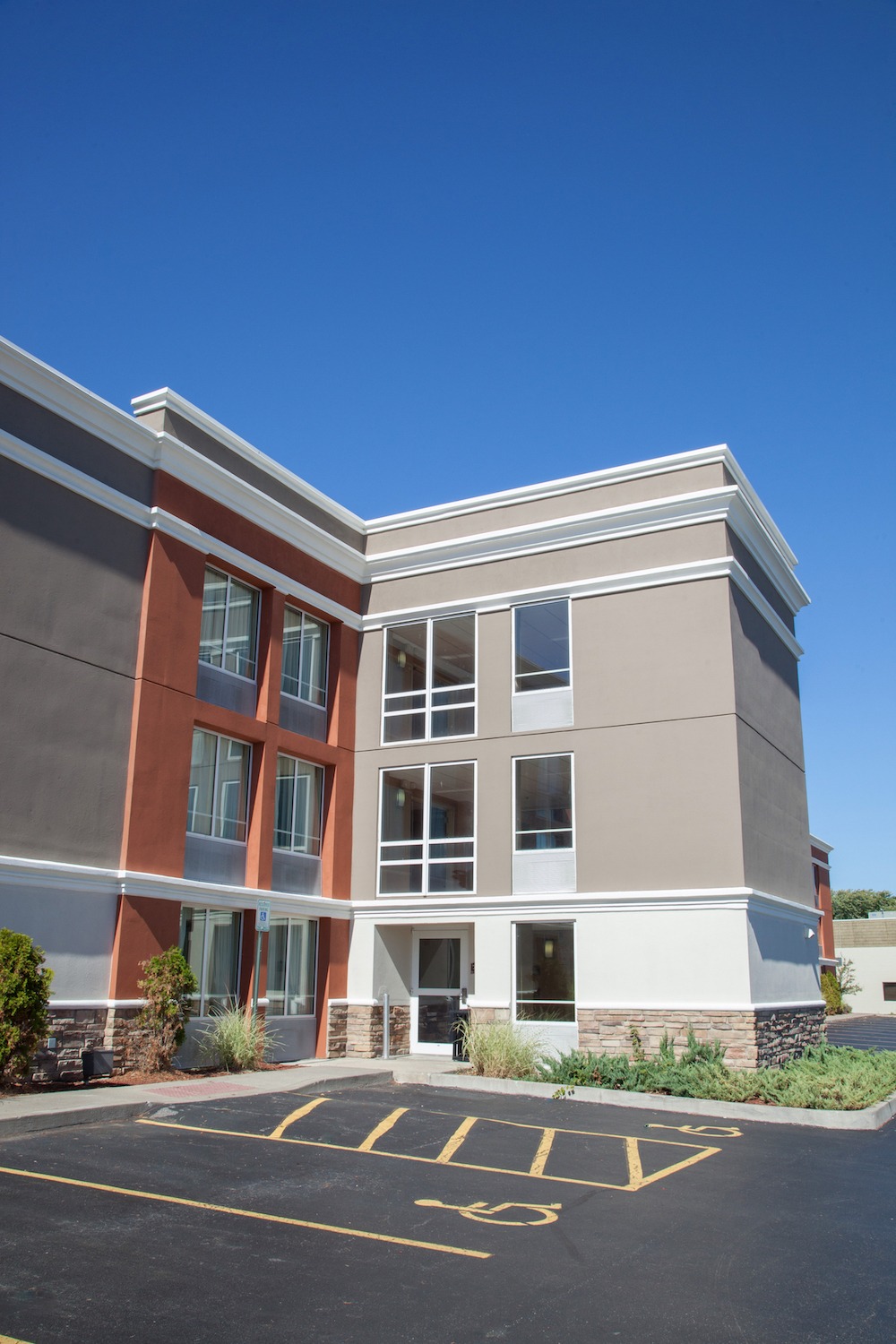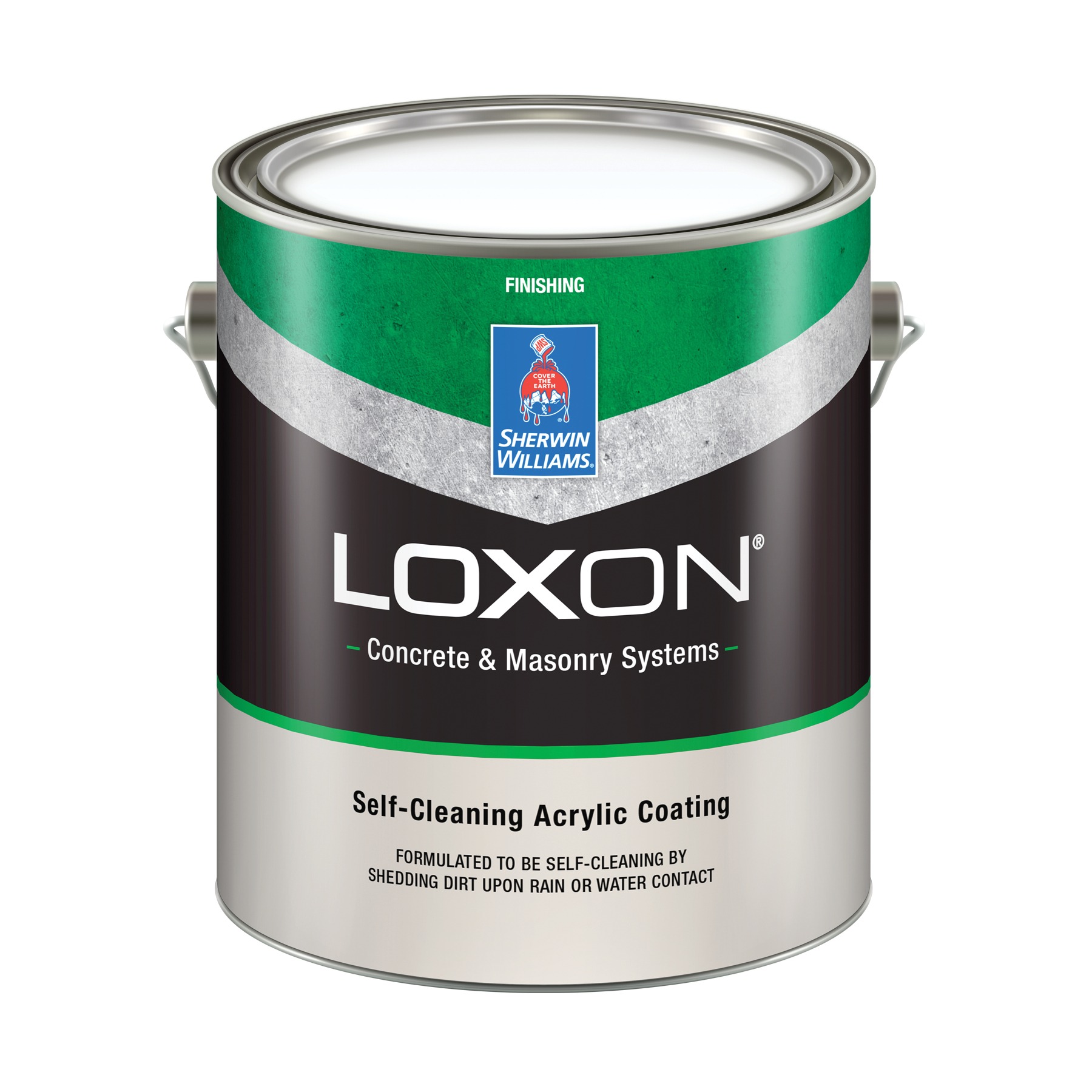WHAT EXACTLY ARE WE IMPROVING?
One thing that most people can agree on is the attempt to minimize wasted time. With new innovations on liquid barriers we no longer have to worry about the potential deterioration of a masonry wall, or the time and materials spent on a project ending up as a waste. In an age of advancement and technology with unwavering persistence to improve our innovations, we’re living among a large number of hard laborers that strive to achieve greater durability, and less wasted time.
In any given wall assembly, moisture in the air can begin to cause deterioration either through diffusion, or air leakage. Diffusion allows air to flow through pores in the building materials, whereas air leakage occurs at any point of disconnection- gaps, cracks, holes, seams, etc. Due to these forms of deterioration by air moisture, any type of air or vapor barrier must be tightly sealed in order to be the most successful.
CENTURIES OF BARRIERS
Historically, most building materials used for the purpose of repelling moisture have been considered only “vapor retarders,” as they still have some sort of permeable quality. This has drastically evolved over time from the first buildings constructed to the level of technology we have available to us today. In fact, the buildings constructed three hundred years ago did not have a vapor barrier at all. The method was nailing horizontal boards to wood studs back when thousand-year-old wood was accessible and abundant to build with, and was so dry from age that the builders did not even use insulation. To improve this method, a rosin paper, or single-ply sheathing layer was applied to cover the seams of the horizontal boards in order to keep wind from sending air through the underdeveloped wall assembly.
It wasn’t until the 1920’s and 1930’s that wall cavities were filled with insulation materials such as eelgrass, straw, and early fiberglass products. When it became a realization that water was causing just as much damage as air, it became common to treat the rosin paper with asphalt, which essentially created old-fashioned tar paper- a temporary solution for controlling both air and water.
In about the 1980’s building scientists took this idea a step further with the invention of house wrap materials most commonly known today through the brand DuPont Tyvek. What made house wraps more efficient than the asphalt treated rosin paper was the decreased amount of seams, as well as the ability to tape over the few seams that did occur from applying house wrap. Years later an innovation known as the ZIP sheathing system strengthened the house wrap method by essentially adhering a new type of wrap (made of a latex paint impregnated netting) to an OSB exterior sheathing. While this complex layering is excellent for decreasing the possibility of air and moisture diffusion, this method still requires taping joints in the attempt to avoid air leakage.
The most recently engineered product, a liquid applied barrier, has changed the face of wall assembly construction… quite literally! Recorded in “perms,” the measure of the rate of transfer of water vapor through a material is hardly a concern with the new method.
Diffusion: check.
In addition, liquid barriers, as is evident in the properties of liquid itself, are quite incapable of even creating seams with the proper application, which entirely eliminates the previous challenge of seams causing air leakage through a wall assembly.
Air leakage: check.
PRACTICE WITH THE PRODUCTS
Liquid barrier products have been changing the face of air and water control for all types of construction workers simply by increasing a building’s longevity. Less deterioration from moisture means that repairs and restoration are no longer as frequent as they once were. This advanced durability is without a doubt raising the level of pride and integrity among masons in their work, and can be accomplished with some new select products.
Tyvek fluid-applied liquid barrier products have made an impact on construction advancement. YouTube sensation Matt Risinger brings in Corey Ball as a guest for a fluid applied Tyvek application video. The key with fluid applied barriers Ball explains, “is to create one monolithic membrane.” He elaborates by explaining a sample of the product that had been removed from glass after drying, “It’s almost 100% solid product, so whatever thickness you apply it at, it will dry at that thickness. Another cool thing is its elongation, or recovery, making it capable of moving with the building.”
In this video Risinger describes three benefits of this fluid applied method: “One, we are bulk watertight. Two, we’re airtight. There is not going to be any air leakage in this wall assembly, whatsoever… and number three, we’re also vapor permeable, so if we do get some sort of water in there we are able to dry it to the outside.” Risinger also makes a note of the advantage of using one manufacturer for as many products as possible… in the potential situation that air leakage does occur in the future, only one manufacturer has to be called for warranty purposes.
Another good example of ingenuity and innovation would be the Loxon Self-Cleaning Acrylic Coating offered by Sherwin-Williams. Although it may not be an air and water vapor barrier, it can still help maintain masonry-constructed buildings. “It was engineered and designed to keep exterior CMU looking fresh, clean and attractive with the self-cleaning formulation,” Director of Product Information, Rick Watson, tells us.
“What I mean by this is that it actually sheds dirt with rainwater or water contact. We’re considering this a high performance coating that helps avoid costly repaints that happen because a building looks dirty and drab. All the while you’re not sacrificing aesthetics with this product.” This material strategy is made possible through the use of a proprietary resin that is integral throughout the entire paint film itself, unlike other technologies based on wax that will wear away.
When asked about the benefits of applying Loxon Self-Cleaning Acrylic Coating on masonry, Watson explains, “Breathability: what this does is reduces the potential for blistering and peeling and coating failure. You need to have a coating that allows vapor to permeate through, allowing it to breathe so you don’t get the blistering and peeling of the coating. Also, mildew resistance: the formula contains agents that inhibit the growth of mold and mildew on the surface of the coating. It is less than 50 grams per liter VOC, so it actually meets the most stringent VOC regulations. Lastly, it provides weathering protection: UV resistant and highly alkali, and efflorescence resistance.”
The application process is much like the application process of paint. It can be brushed, rolled, or sprayed and then back rolled. Watson specifies, “One of the great things about the Loxon Self-Cleaning Acrylic Coating is that it will go over bare concrete or previously coated concrete directly without the use of a primer. It is a flat finish and comes in a wide range of colors. It can be applied to fresh concrete, as long as it’s seven days old, and has a pH between 6-13, all the while not using a primer, even when down to a temperature of 35 degrees Fahrenheit.”
What might come as a surprise is that in addition to standard masonry, these types of coatings can also be applied to materials such as stucco or EIFS (exterior insulation finishing system). This advantage saves the contractor money and time around the building applying the product.
Poly Wall Blue Barrier Liquid Wrap 2300 is a similar product to the aforementioned liquid applied barrier options. “Our line of fluid applied technology is an innovative and effective approach to helping contractors provide top quality waterproofing solutions,” Business Development Manager Dan Thomas said. “As always, our goal is to get contractors on and off their projects quickly, and with no calls back.”
It is a fully adhered, permeable, air and moisture building envelope protection membrane developed utilizing the latest in Silyl Terminated Polyether Technology (STPE). According to an online product description, this thin mil, seamless substrate coating can be applied with an approved airless sprayer, power rolled, or hand rolled. While it can certainly be applied to CMU, one of the benefits of using Liquid Wrap 2300 is its adhesion to multiple substrates such OSB, plywood or exterior gypsum. Like Loxon Self Cleaning Acrylic Coating and fluid applied Tyvek, it allows substrates to breathe, and has high UV resistance with low VOC. With over 60 years of manufacturing excellence, Poly Wall explains in their introduction of the Blue Barrier product line, “our line of waterproofing and air barrier membranes are designed to enhance the integrity of your structure.”
SEAL THE DEAL
As an air and moisture barrier’s main function is to keep said elements from leaking into a building’s interior, it can be claimed that the latest innovation of liquid applied barriers is doing just that.
Reviews and feedback have been praising high performance and long lasting durability, which is seen both on a smaller and larger scale. On a smaller scale, the application is much simpler than historical methods and most manufacturers guarantee success with adhesion to not only masonry, but a variety of construction materials. It has also been reported that many workers highly appreciate the fact that they can physically seethat the building is airtight after choosing a liquid applied barrier. This type of innovation also yields larger scale benefits including less wasted time during construction, increased quality of living in a building due to decreased air leakage, as well as a predictably longer lifespan of original masonry work before requiring repairs or maintenance.
Say goodbye to gaps, cracks, holes, and seams… say hello to the monolithic membrane. It’s time to seal the deal.


